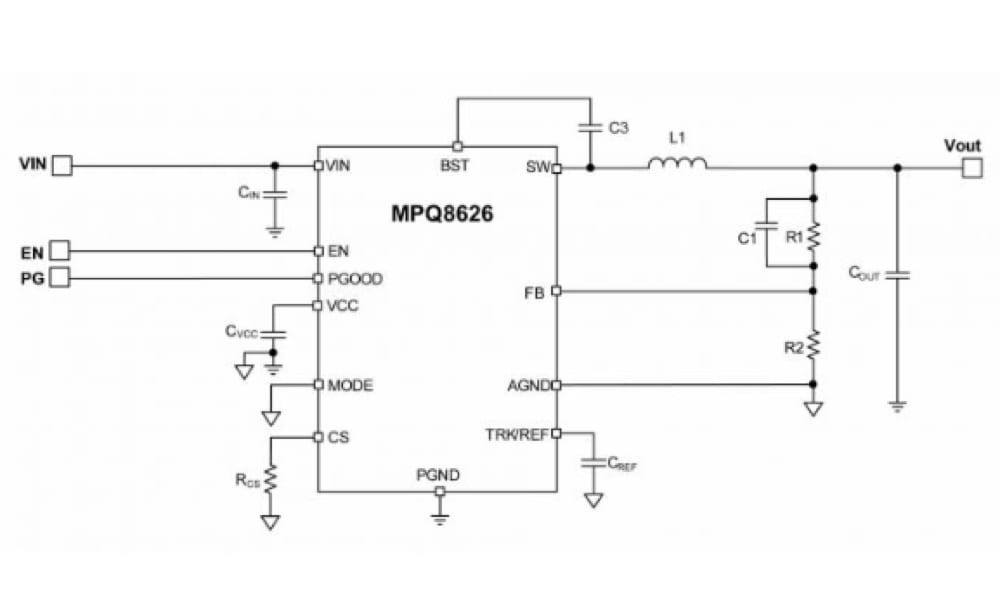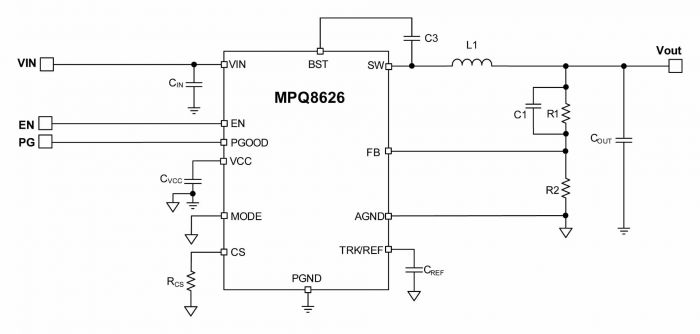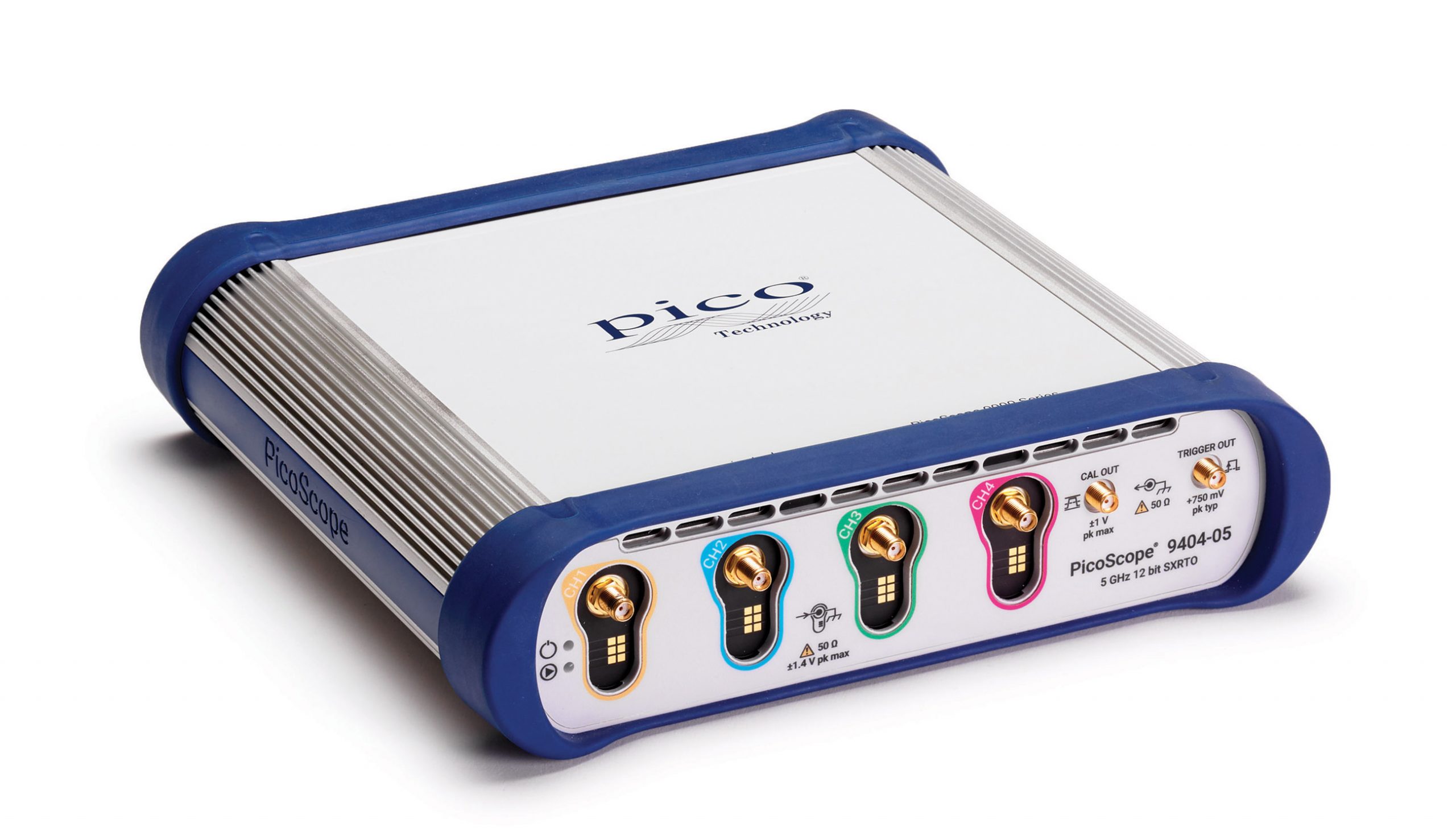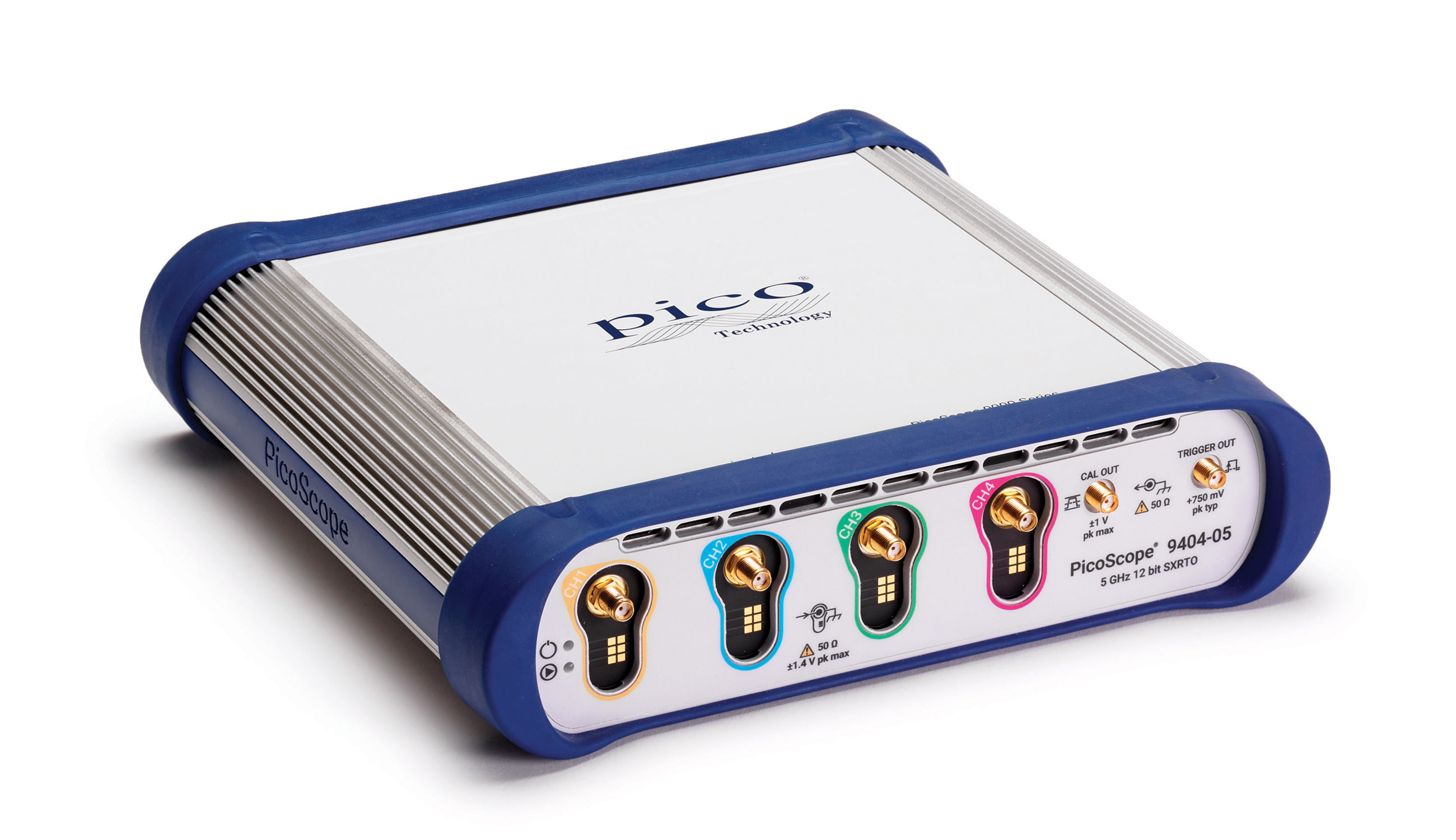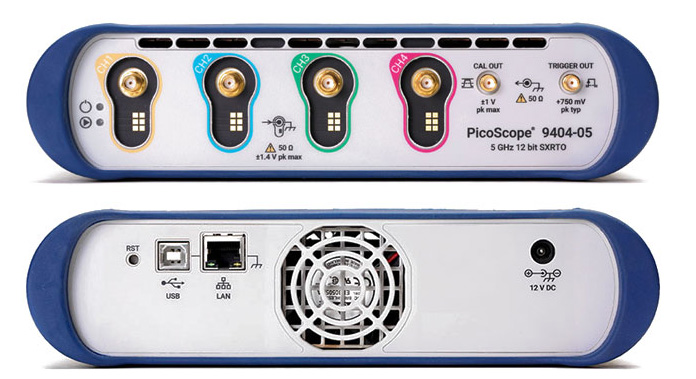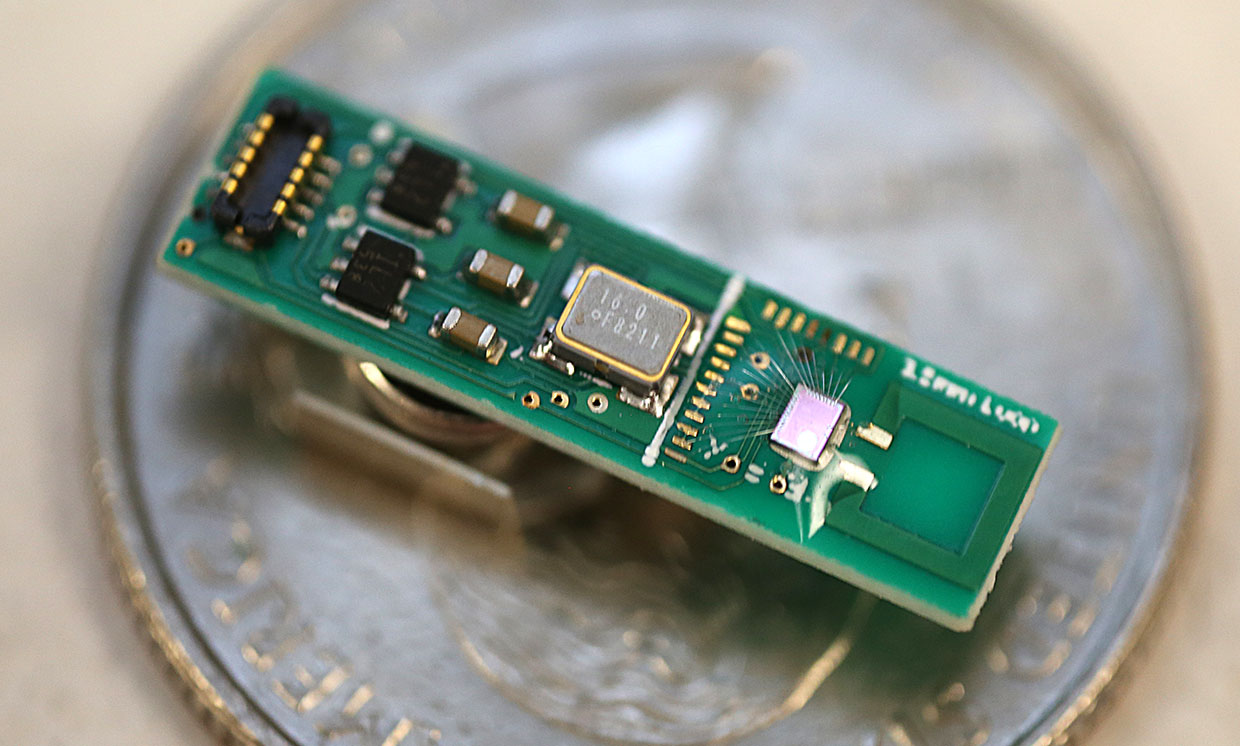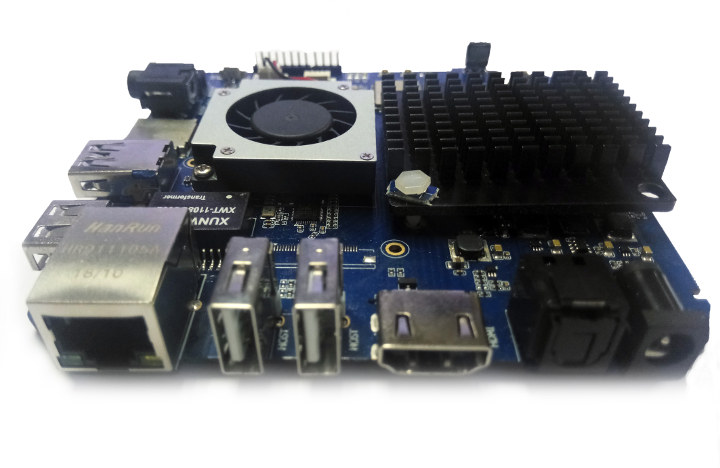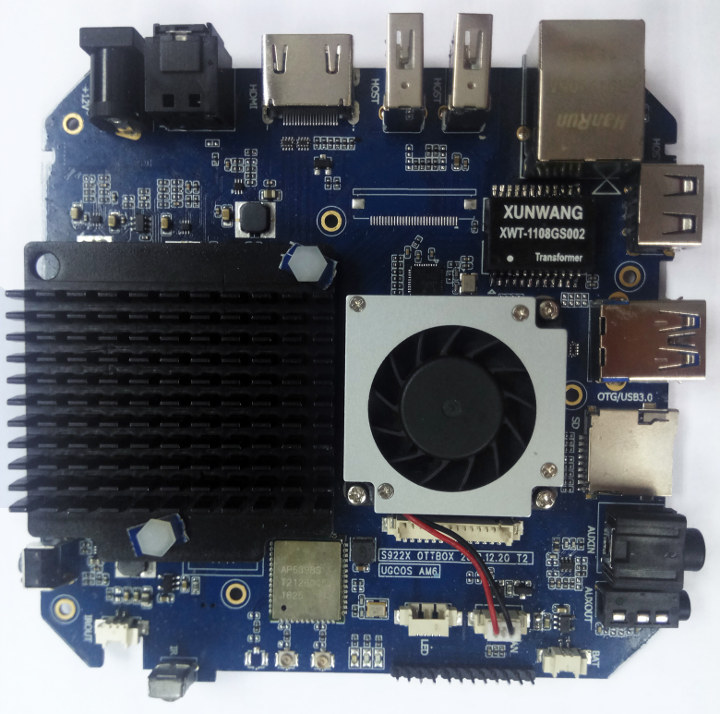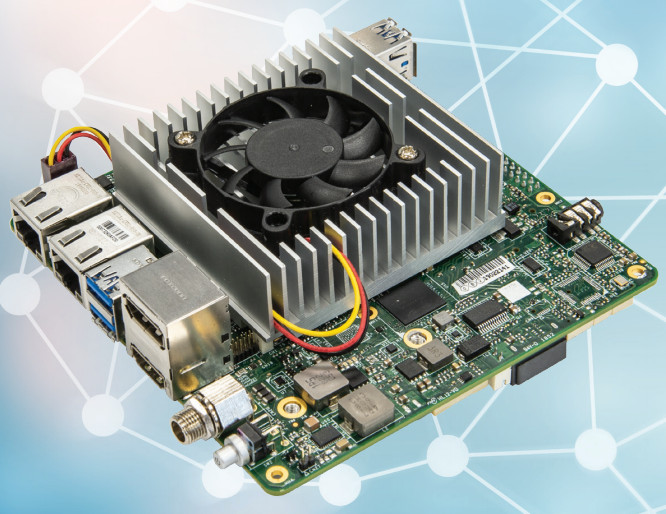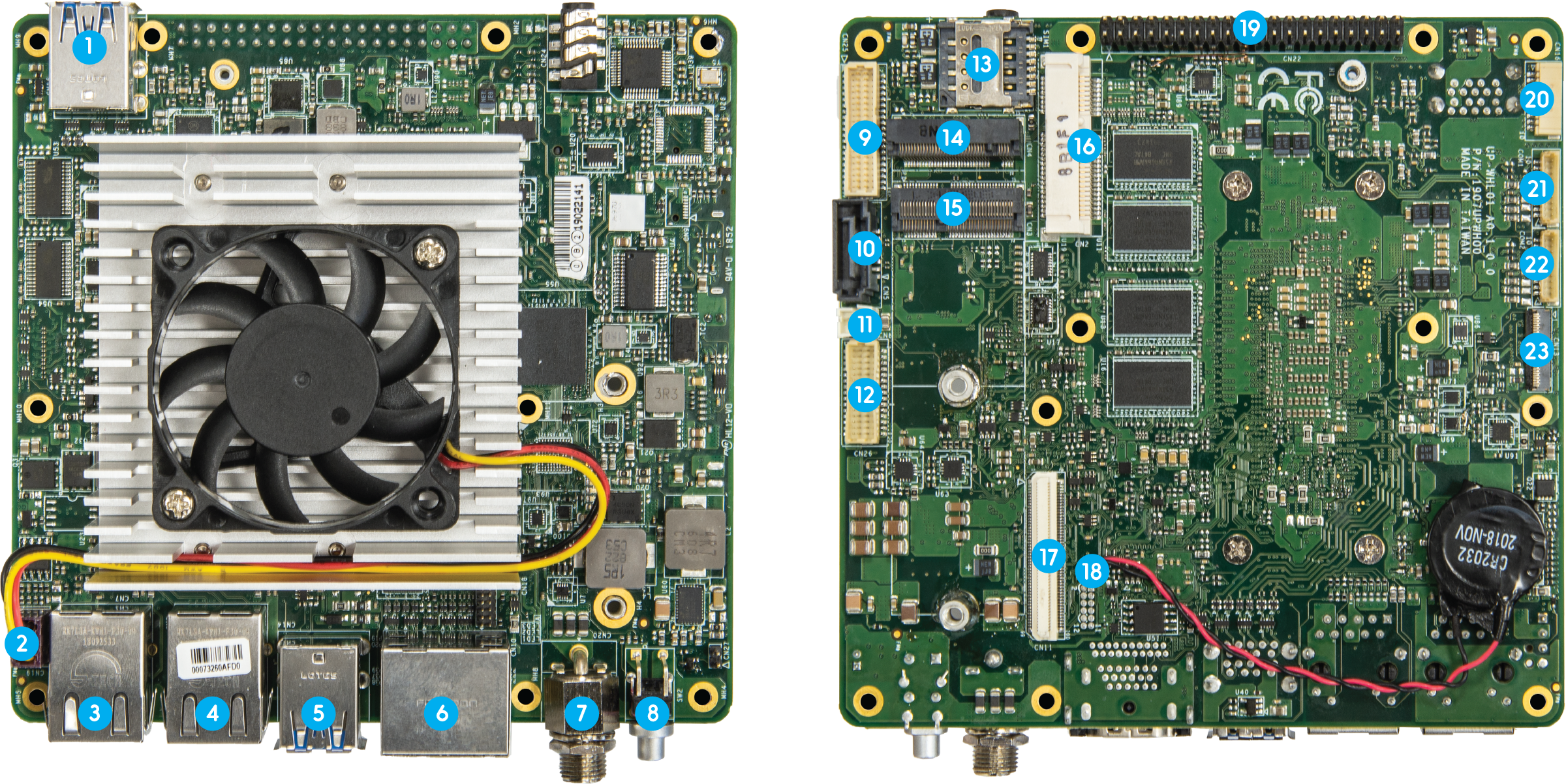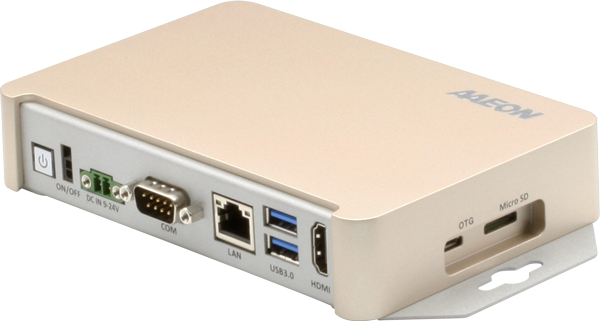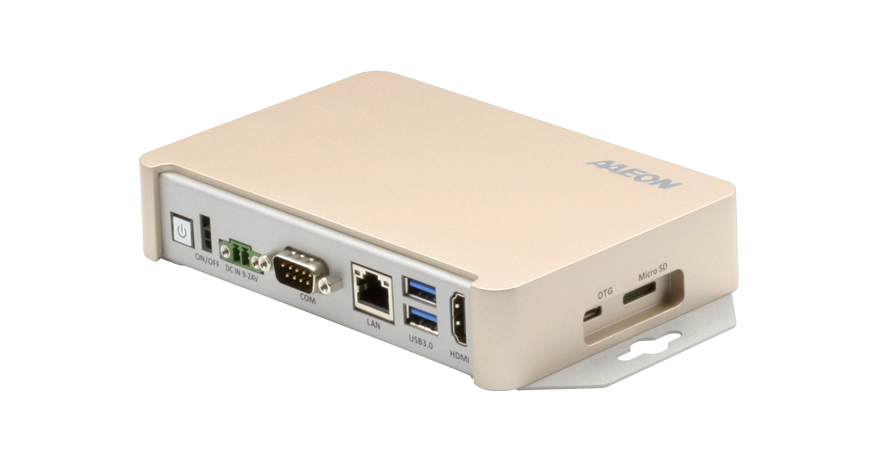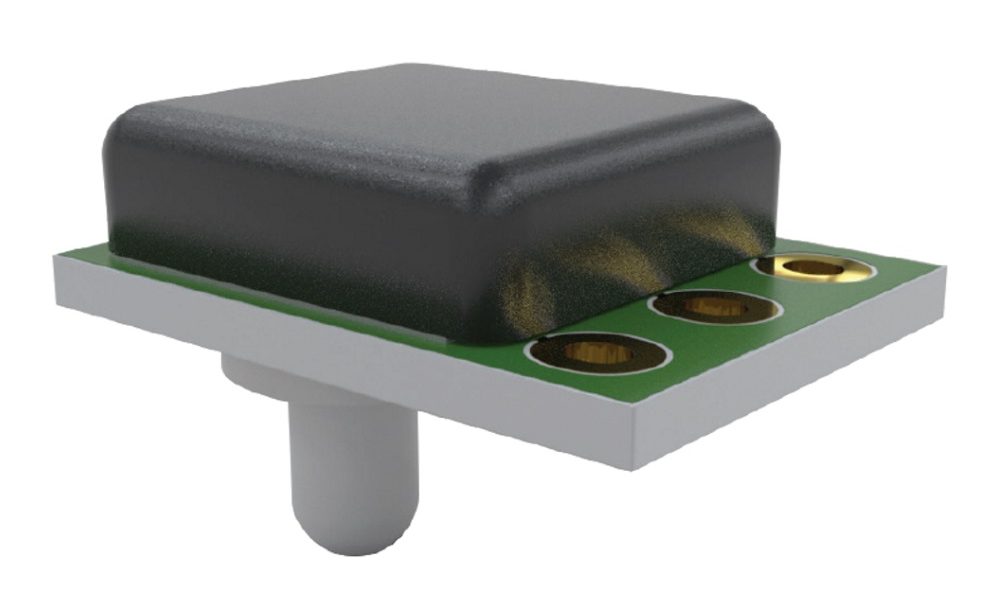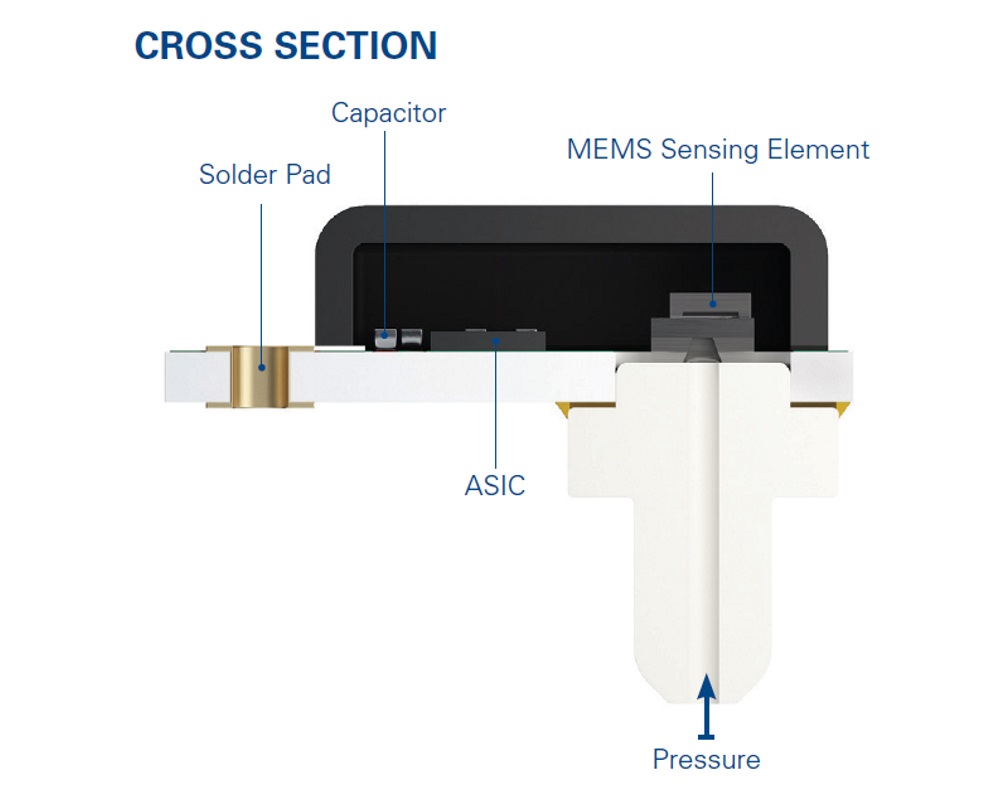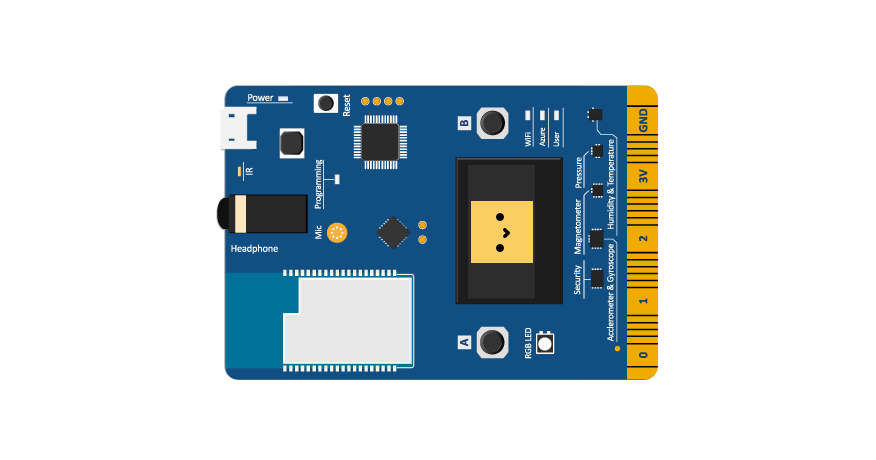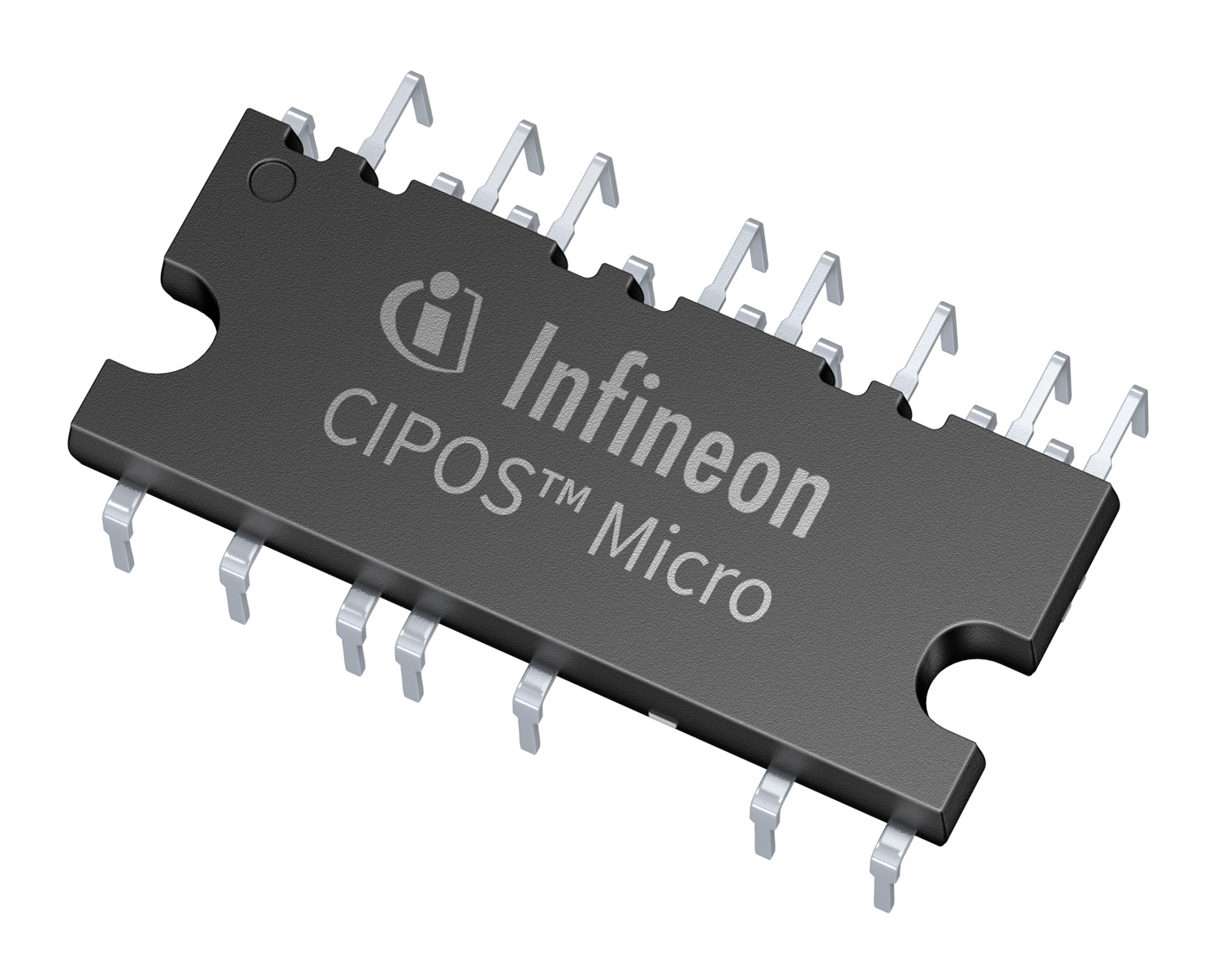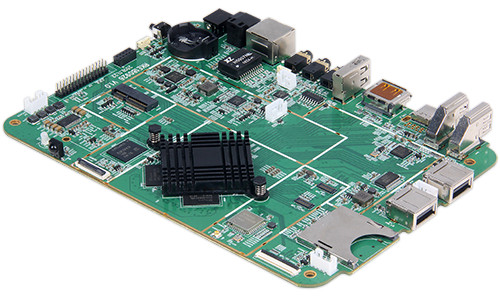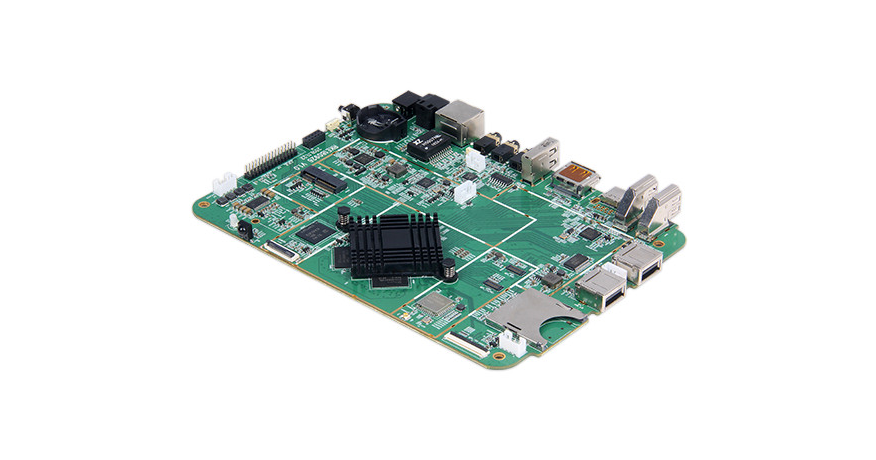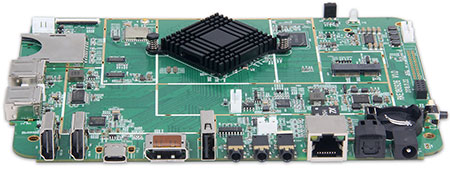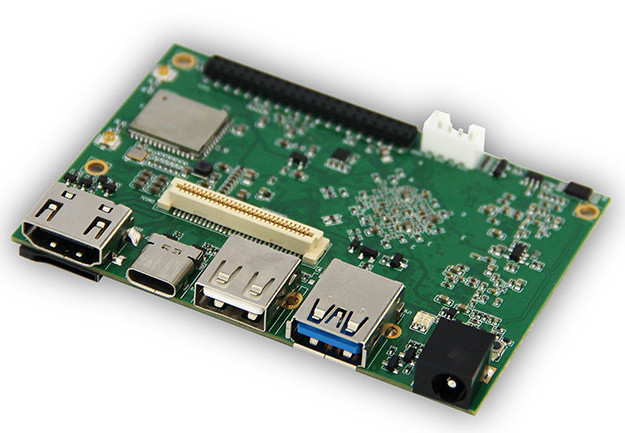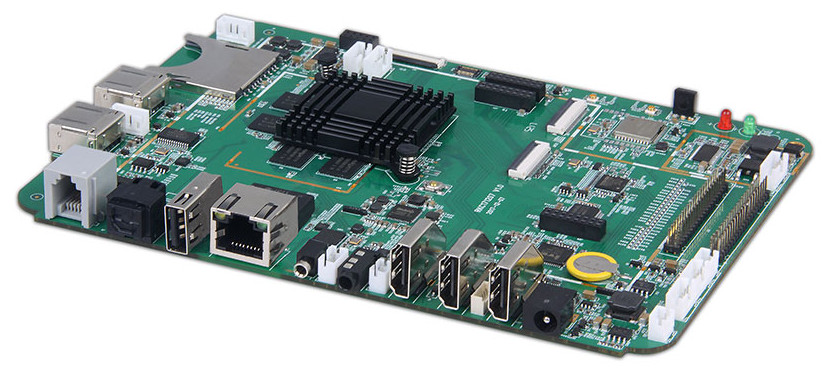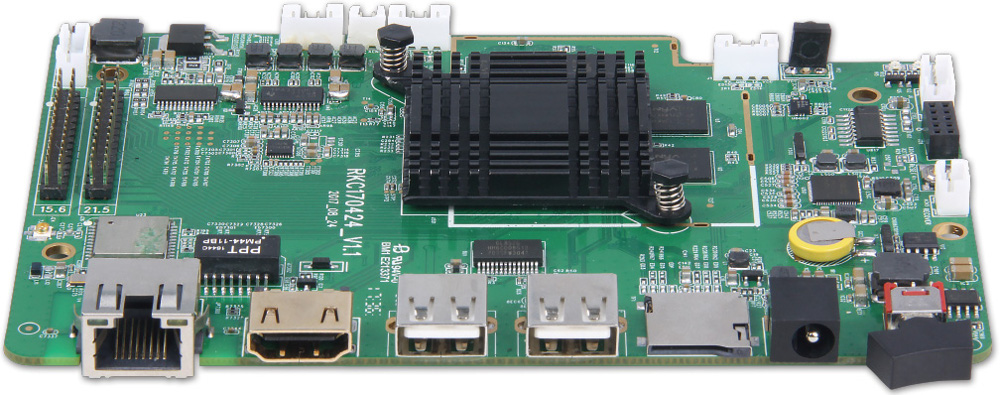16V, 6A, High Efficiency, Synchronous, Step-Down Converter with Adjustable Current Limit.
Monolithic Power Systems (MPS) introduced the MPQ8626, a fully integrated, high-frequency, synchronous, buck converter. According to MPS, the MPQ8626 offers a very compact solution that achieves up to 6A of output current with excellent load and line regulation over a wide input supply range. The MPQ8626 operates at high efficiency over a wide output current load range.
Typical applications for the buck converter include telecom and networking systems, server, cloud-computing, storage, base stations, general purpose point-of-load (PoL), 12V distribution power systems, high-end TV, game consoles, and graphic Cards.
An internally compensated constant-on-time (COT) control that provides fast transient response and eases loop stabilization.
With MODE configuration, the operating frequency can be set to 600kHz, 1100kHz, or 2000kHz easily, allowing the MPQ8626 frequency to remain constant regardless of the input and output voltages.
The device has an internal 1.5ms timer that controls the output voltage start-up ramp. This internal timer can be increased by adding a capacitor on TRK/REF. An open-drain power good (PGOOD) signal indicates if the output is within its nominal voltage range. PGOOD is clamped at about 0.7V with an external pull-up voltage when the input supply fails to power the MPQ8626.
Full protection features include over-current protection (OCP), over-voltage protection (OVP), under-voltage protection (UVP), and over-temperature protection (OTP).
Features of MPQ8626
- Wide Input Voltage Range
- 2.85V to 16V with External 3.3V Vcc Bias
- 4V to 16V with Internal Vcc Bias or External 3.3V Vcc Bias
- 6A Output Current
- Programmable Accurate Current Limit Level
- Low RDS(ON) Integrated Power MOSFETs
- Proprietary Switching Loss Reduction Technique
- Adaptive Constant-On-Time (COT) for Ultrafast Transient Response
- Stable with Zero ESR Output Capacitor
- 0.5% Reference Voltage Over 0°C to +70°C Junction Temperature Range
- 1% Reference Voltage Over -40°C to +125°C Junction Temperature Range
- Selectable Forced CCM or Pulse-Skip Operation
- Excellent Load Regulation
- Output Voltage Tracking
- Output Voltage Discharge
- PGOOD Active Clamped at Low Level during Power Failure
- Programmable Soft-Start Time from 1ms and Up
- Pre-Bias Start-Up
- Selectable Switching Frequency from 600kHz, 1100kHz, and 2000kHz
- Non-Latch for OCP, OVP, UVP, OTP, and UVLO
- Output Adjustable from 0.6V to 0.9 x Vin Up to 6V Max
- Available in a QFN-14 (2mmx3mm) Package
The buck converter has 2.85V to 16V input voltage with external 3.3V Vcc bias or an input voltage range of 4V to 16V with internal Vcc bias or external 3.3V Vcc bias. The device features 6A output current. The output is adjustable from 0.6V to 0.9 x Vin up to 6V max.
MPQ8626 has selectable forced CCM or pulse-skip operation, and it offers output voltage tracking and output voltage discharge. The converter employs the company’s proprietary switching loss reduction technique.
The MPQ8626 requires a minimal number of readily available, standard, external components and is available in a QFN-14 (2mm x 3mm) package.


